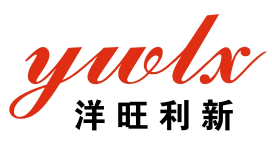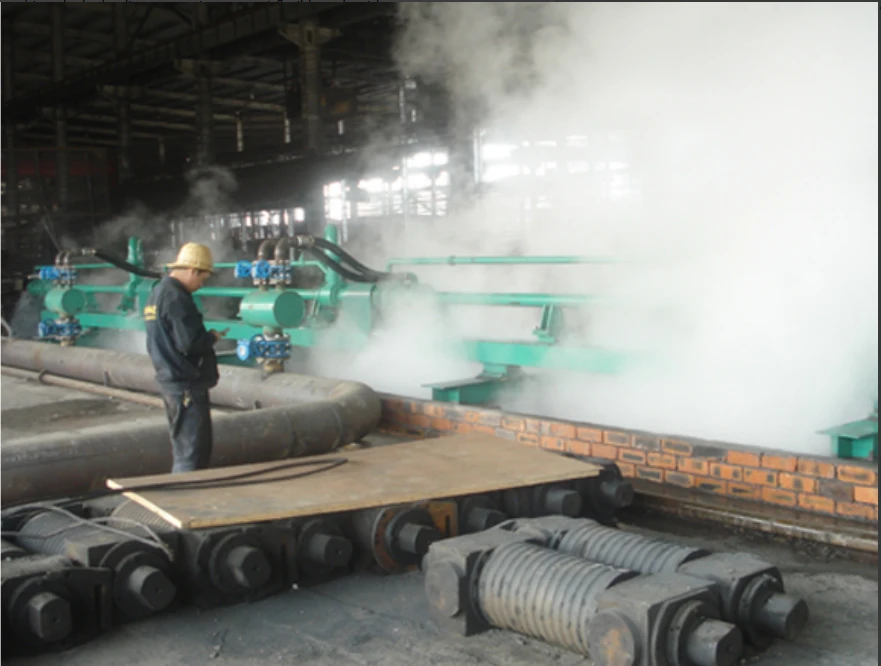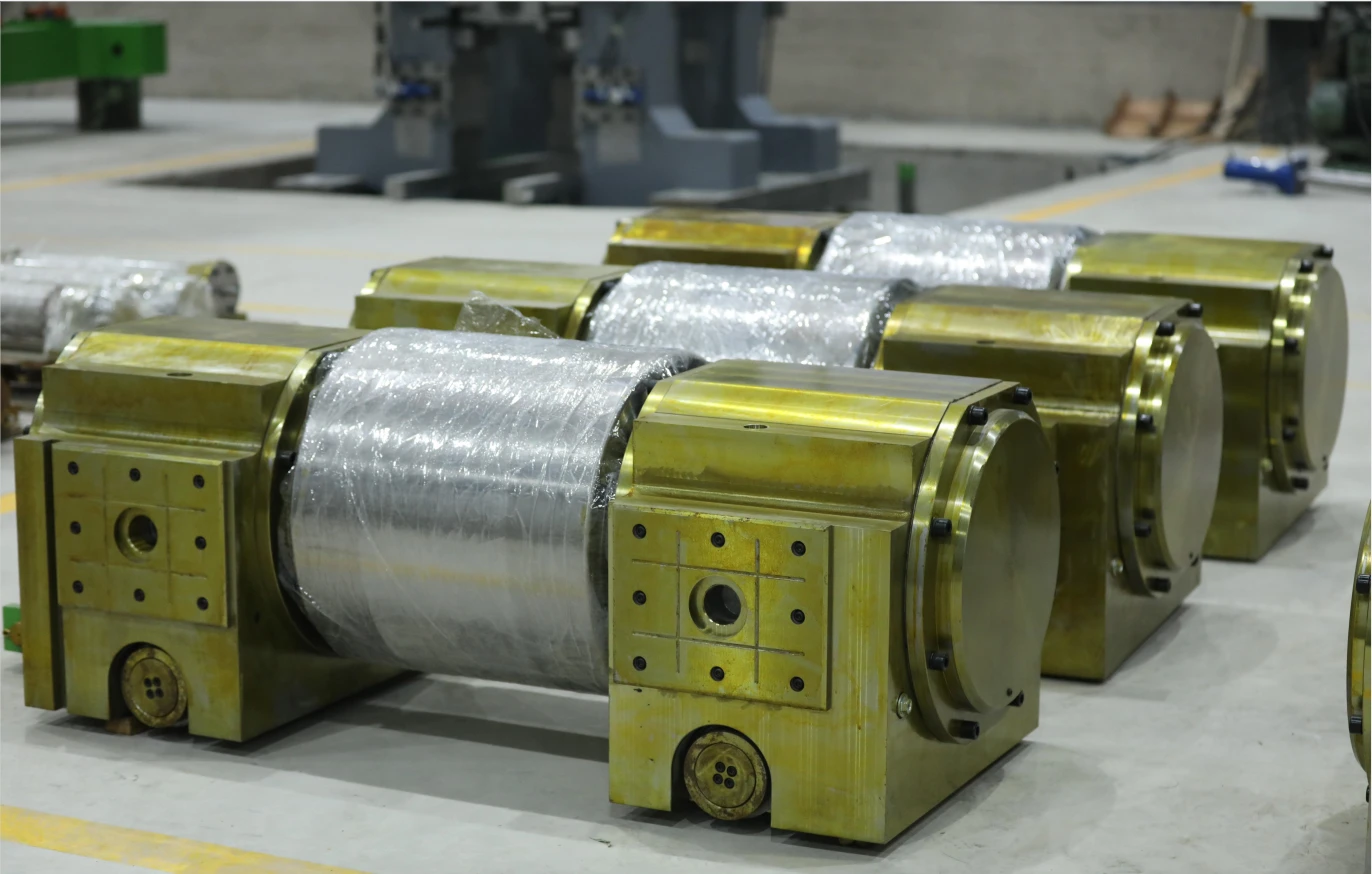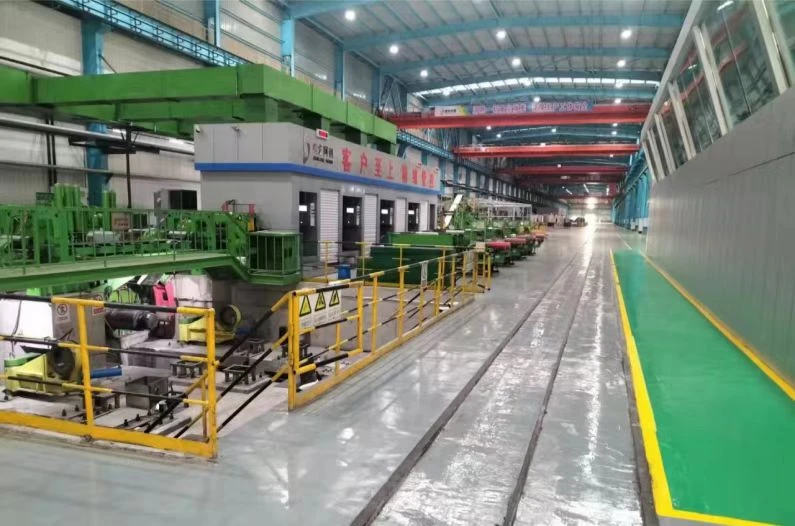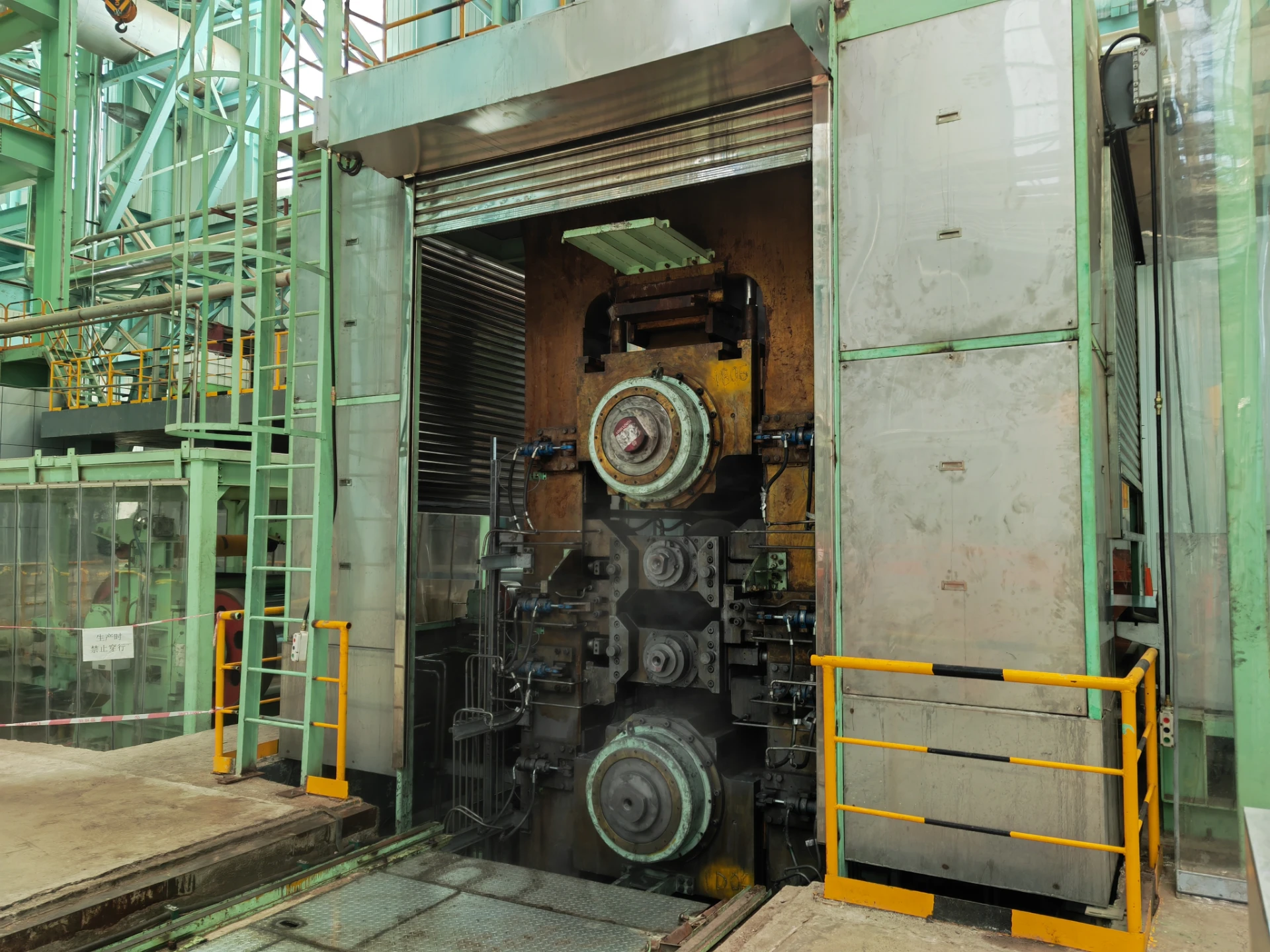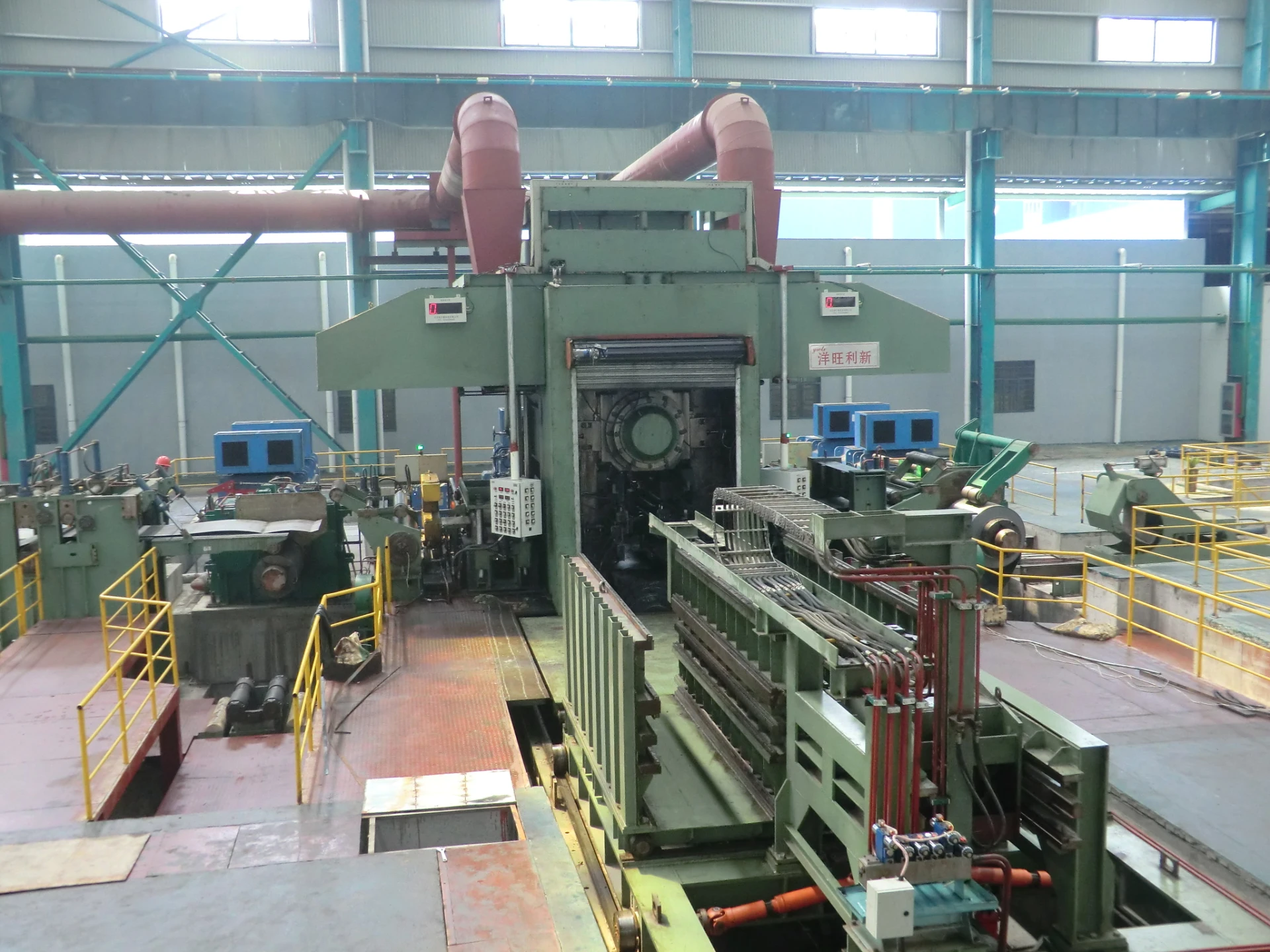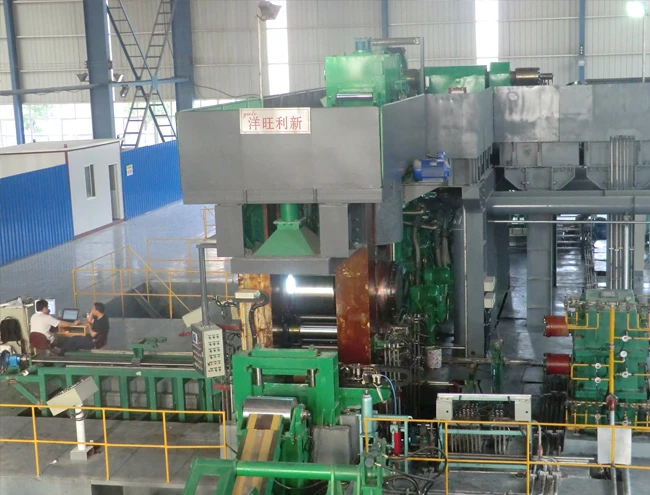
Rolling Force and Rolling Speed Control Technology of Reversible Cold Rolling Mills
The reversible cold rolling mill represents one of the most sophisticated metal forming systems in modern steel production, capable of producing high-precision strips with exceptional surface quality. Unlike continuous tandem mills, a reversing rolling mill processes metal strips through multiple passes in alternating directions, allowing for gradual thickness reduction with precise control. At the heart of this process lie two critical parameters - rolling force and rolling speed - whose precise control determines both product quality and mill efficiency. Modern cold reversing mills incorporate advanced control systems that continuously monitor and adjust these parameters throughout each pass, ensuring optimal performance while maintaining strip flatness and dimensional accuracy.
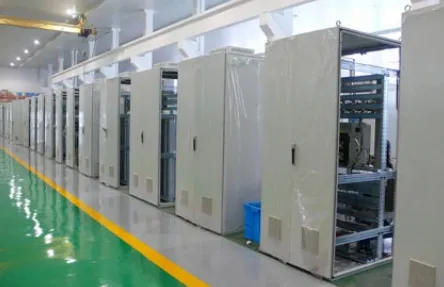
Fundamentals of Rolling Force in Reversing Cold Mills
Rolling force, the primary load applied to deform metal strips in a reversible cold rolling mill, depends on multiple factors including material properties, reduction ratio, roll diameter, and friction conditions. In a reversing cold rolling mill, the rolling force must be carefully controlled during both forward and reverse passes to maintain consistent strip quality. Excessive force can lead to roll deflection and strip shape defects, while insufficient force may result in inadequate thickness reduction. Modern mills employ sophisticated hydraulic gap control (HGC) systems that dynamically adjust the roll gap position based on real-time force measurements, compensating for mill stretch and thermal expansion of rolls. These systems work in conjunction with automatic gauge control (AGC) to maintain precise thickness tolerances, often within ±1% of target specifications.
Speed Control Strategies in Reversible Rolling Mills
The reversible rolling mill presents unique challenges in speed control due to its alternating operation pattern. Each pass cycle involves acceleration, steady-state rolling, and deceleration phases, all of which must be carefully coordinated to maintain process stability. Modern cold reversing mills utilize advanced speed control algorithms that optimize the acceleration profile based on strip characteristics and required reduction. During steady-state rolling, the speed must remain constant to ensure uniform deformation and prevent tension fluctuations that could affect strip quality. The latest generation of mills incorporates direct torque control (DTC) systems that provide rapid response to speed variations, maintaining precise velocity control even during dynamic transitions between passes.
Integration of Force and Speed Control Systems
In a high-performance reversing cold mill, rolling force and speed control cannot operate independently. These parameters are intrinsically linked through the mill's deformation process and must be coordinated to achieve optimal results. Advanced control architectures in modern reversible cold rolling mills employ model-based predictive control (MPC) strategies that simultaneously optimize both force and speed parameters. These systems use mathematical models of the rolling process to anticipate required adjustments before they're needed, significantly improving response times compared to traditional feedback-only approaches. The integration extends to the mill's tension control system, ensuring that interstand tensions remain stable throughout speed changes and pass reversals.
Adaptive Control for Varying Material Conditions in Reversing Cold Rolling Mill
One of the most significant advancements in reversing cold rolling mill technology is the development of adaptive control systems that automatically adjust to changing material properties. As the strip work hardens through successive passes, the required rolling force increases while permissible rolling speeds may decrease. Modern reversible rolling mills incorporate online hardness measurement systems and adaptive learning algorithms that modify force and speed parameters based on actual rolling conditions. These systems can detect variations in material properties along the strip length and make corresponding adjustments to maintain consistent product quality. Some advanced mills even employ artificial intelligence techniques to predict optimal rolling schedules based on historical data from similar products.
Dynamic Compensation for Mill Elasticity Effects in Reversing Cold Rolling Mill
The elastic deformation of mill components, known as mill stretch, significantly affects rolling force transmission in a cold reversing mill. As rolling forces increase, the entire mill structure experiences elastic deformation that can impact the actual roll gap position. Contemporary reversing cold rolling mills address this through sophisticated compensation systems that account for mill elasticity in real time. These systems combine precise load cell measurements with finite element analysis-based models of mill stiffness to dynamically adjust the hydraulic positioning system. The result is improved thickness control accuracy, particularly during the high-force final passes where mill stretch effects are most pronounced.
Energy Optimization Through Coordinated Control of Reversing Cold Rolling Mill
The alternating operation of a reversible cold rolling mill presents unique opportunities for energy optimization through intelligent force and speed management. Modern control systems coordinate acceleration profiles with rolling force requirements to minimize peak power demand. Some advanced mills implement energy-optimized rolling schedules that slightly adjust speed and force parameters to take advantage of lower electricity rates during certain periods. These systems also optimize the transition between passes to recover braking energy through regenerative systems, significantly reducing overall power consumption while maintaining production throughput.
The precise control of rolling force and speed in reversing cold rolling mills represents a remarkable achievement in industrial automation and metal forming technology. Through the integration of advanced control algorithms, real-time monitoring systems, and adaptive learning capabilities, modern reversible rolling mills achieve unprecedented levels of precision and efficiency. As control technologies continue to evolve, these mills will become even more capable of producing high-quality strip products while optimizing energy use and minimizing material waste. The ongoing development of force and speed control systems ensures that cold reversing mills will remain essential tools in the production of precision steel products for industries ranging from automotive to electronics.
-
Indian Clients Visit YWLX to Inspect Skin-pass MillNewsJun.22,2025
-
Typical Products from Reversing Cold Rolling ProcessNewsMay.26,2025
-
Surface Finish Improvement through Skin Pass RollingNewsMay.26,2025
-
Integration of AGC Systems in Modern Cold Rolling MillsNewsMay.26,2025
-
Cold Rolling in the Context of High-Strength Steel DemandNewsMay.26,2025
-
AGC in Hot Rolling Mills: Challenges and SolutionsNewsMay.26,2025
-
Why Reversing Cold Rolling Mills Are Ideal for Specialty MetalsNewsMay.13,2025


